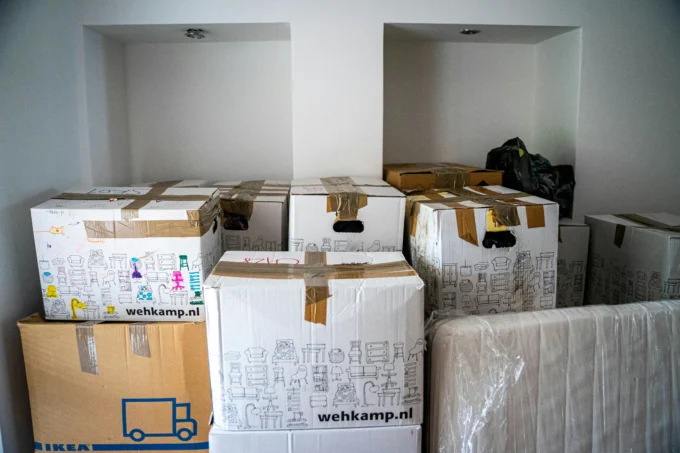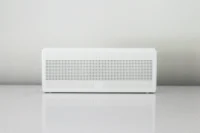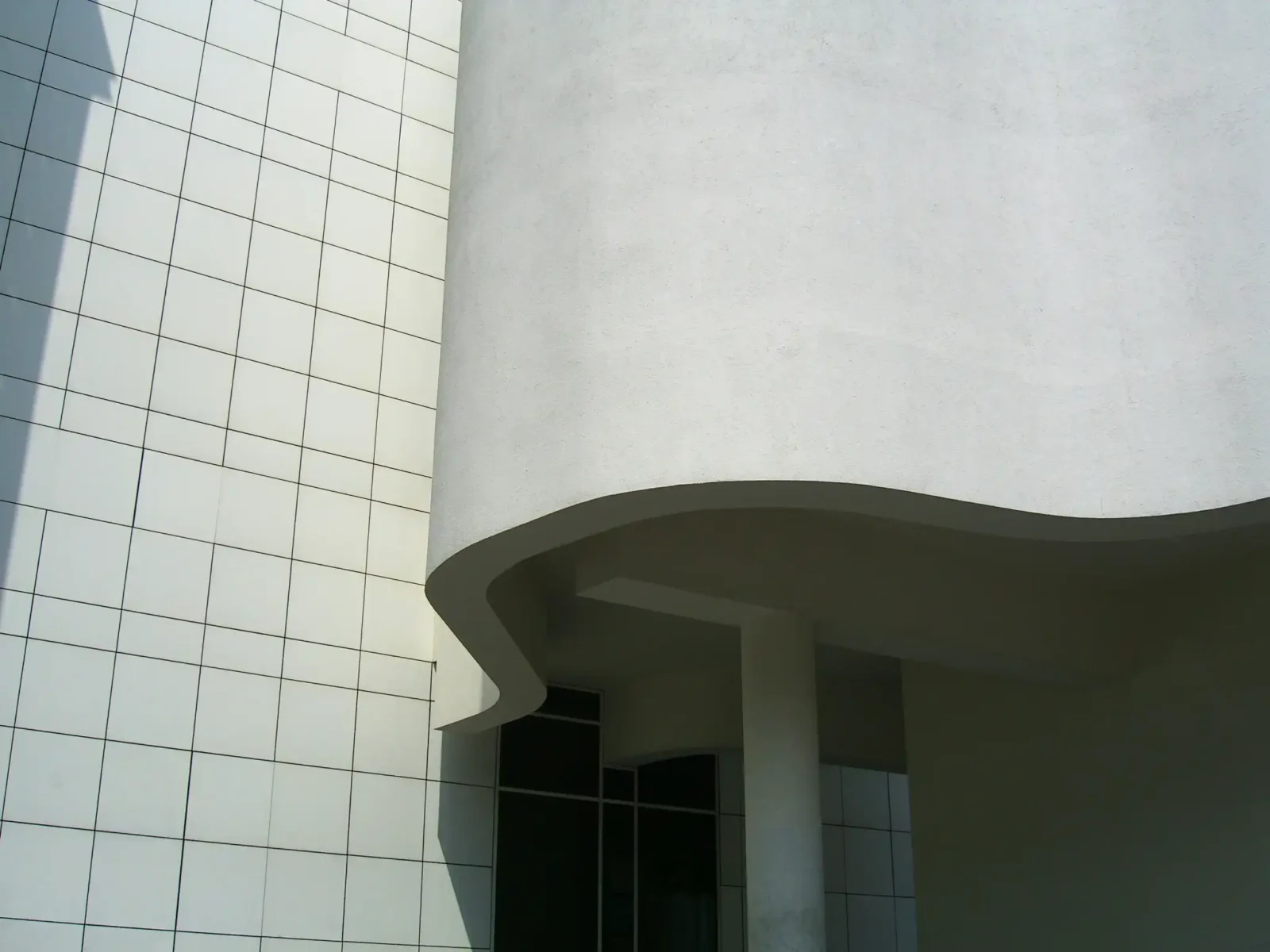- Home
- Articles
- Architectural Portfolio
- Architectral Presentation
- Inspirational Stories
- Architecture News
- Visualization
- BIM Industry
- Facade Design
- Parametric Design
- Career
- Landscape Architecture
- Construction
- Artificial Intelligence
- Sketching
- Design Softwares
- Diagrams
- Writing
- Architectural Tips
- Sustainability
- Courses
- Concept
- Technology
- History & Heritage
- Future of Architecture
- Guides & How-To
- Art & Culture
- Projects
- Interior Design
- Competitions
- Jobs
- Store
- Tools
- More
- Home
- Articles
- Architectural Portfolio
- Architectral Presentation
- Inspirational Stories
- Architecture News
- Visualization
- BIM Industry
- Facade Design
- Parametric Design
- Career
- Landscape Architecture
- Construction
- Artificial Intelligence
- Sketching
- Design Softwares
- Diagrams
- Writing
- Architectural Tips
- Sustainability
- Courses
- Concept
- Technology
- History & Heritage
- Future of Architecture
- Guides & How-To
- Art & Culture
- Projects
- Interior Design
- Competitions
- Jobs
- Store
- Tools
- More
Best Practices for Maintaining the 14x20x1 Furnace Air Filter

Clean air begins with a clean filter, and that’s a task any homeowner can tackle with a few simple moves. When furnace filters are packed with dust, allergens, and other debris, they pose a double threat: poorer air quality and an HVAC system that must strain to do its job. That strain pushes your energy bill higher and speeds up wear and tear on your furnace, which means earlier repairs or replacements. Not a win for anyone’s budget.
Of all the filter sizes, the 14x20x1 is perhaps the most frequently used in households. If this is the size your system takes, a bit of diligent upkeep will pay off with more even indoor temperatures and lower utility costs.
In this guide, we will discuss tips for caring for your 14x20x1 filter. We’ll cover how often you should change it, how to spot a filter that’s past its prime, and other details that help your equipment work effectively.
Table of Contents
ToggleWhy Maintaining the 14x20x1 Furnace Air Filter Is Essential
Although it might appear to be a straightforward component of your HVAC system, your furnace filter is crucial to maintaining the efficiency, comfort, and health of your house. The 14x20x1 furnace air filter is made to capture allergens, dust, and debris before they spread throughout your house. A dirty filter can strain the system, cause poor air quality, and increase energy expenses if it is not properly maintained.

Protecting Your HVAC System
Airflow is restricted by a clogged 14x20x1 furnace air filter, which causes your furnace or air conditioner to work harder than it should. This additional strain over time may result in overheating, damaged components, or even total system failure. By keeping the filter in good condition, you can prevent needless damage to your HVAC system and save money on costly repairs.
Improving Indoor Air Quality
After passing through the filter, the air in your house circulates to each room. Fresher, healthier air is produced when the filter is clean because it removes dust, allergens, pet dander, and other irritants. Families with children, pets, or allergy sufferers gain the most because a clean filter lessens coughing, sneezing, and residual smells.
Boosting Energy Efficiency
Your HVAC system uses more energy when its filters are dirty because it must work harder and longer to produce the same results. Smooth airflow from a clean 14x20x1 furnace air filter enables your system to heat or cool your house more effectively. This lessens your overall energy footprint in addition to lowering your monthly utility bills.
How Often Should You Replace the 14x20x1 Furnace Air Filter?
The secret to safeguarding your HVAC system and maintaining clean indoor air is to replace your 14x20x1 air filter regularly. Although there are general guidelines to follow, the frequency of adjustments will ultimately depend on the environment and lifestyle of your household.
General Replacement Guidelines
The 14x20x1 furnace filter needs to be changed every 60 to 90 days for the majority of homes. For typical households without pets or health issues, this timeline works well. To maintain optimal performance, you might need to replace your system closer to the 60-day mark if it operates frequently, such as during extremely hot summers or extremely cold winters.
Factors That Affect Replacement Frequency
A few key factors can speed up filter wear and force you to swap them out sooner than usual:
- Homes with pets – Pet hair and dander pile up fast and can block airflow, pushing you to replace the filter every 30 to 60 days.
- Families with allergies or asthma – To keep irritants to a minimum, a monthly swap is often the safest bet.
- Smoking indoors – Smoke particles cling to the filter and hinder the performance, so you may need to change it a lot more often.
- High-dust environments – Living near active construction sites, farming areas, or just generally dusty spots can mean a filter change every 30 to 45 days.
Tailoring your replacement schedule to these factors can help you breathe cleaner air, save on energy bills, and extend the life of your HVAC system.
Step-by-Step Guide to Maintaining the 14x20x1 Furnace Air Filter
Maintaining your 14x20x1 furnace filter properly takes just a few minutes each month, but it has a significant impact on indoor air quality, utility costs, and your comfort level. To maintain its optimal performance, follow these easy steps.

Step 1: Check the Filter Regularly
Regardless of whether 60 or 90 days have elapsed, set aside a few seconds every month to check the filter. It’s time for a swap if it doesn’t shine through when held up to a bright light. Additionally, look for visible accumulations of dust, dirt, or pet hair on the surface; these indicate that the filter has lost the majority of its effectiveness.
Step 2: Replace or Clean When Needed
Most 14x20x1 filters are made to be used only once. Turn off the furnace before removing the old one to prevent air from escaping through a gap. Make sure the airflow arrows are pointing in the right direction as you slide the new filter into position. If your filter is washable, rinse it thoroughly with lukewarm water and mild soap, then allow it to air dry completely before reinstalling. Never put a filter back in if it still feels wet because the residual moisture may cause mold to grow in the ducts.
Step 3: Proper Installation Matters
Look for the small arrows that indicate the direction of the airflow stamped on the filter’s frame before fastening a new one. These arrows must never face the return duct; instead, they should face the furnace or air handler. A common mistake that can impede airflow and accelerate system wear is a backwards filter. To guarantee that every cubic foot of air must pass through the media, the filter should fit neatly into its frame, leaving no gaps for light or air to escape at the seams.
Tips to Extend the Life of Your 14x20x1 Furnace Air Filter
Although it’s crucial to change your furnace filter on time, there are also easy habits you can adopt to extend its lifespan and improve its performance. Between changes, you can maintain the 14x20x1 filter’s effectiveness by minimizing the amount of dust and debris that enters your system.
Keep Vents and Ducts Clean
Registers, air returns, and vents are frequently the sites of dust and dirt accumulation. Regular vacuuming of these areas helps keep extra debris out of the HVAC system and avoids premature filter clogging. Maintaining smooth airflow can be achieved with a quick vacuum or wipe every few weeks.
Maintain a Dust-Free Environment
In homes where dust builds up quickly, filters perform better. Frequent cleaning reduces the strain on the filter, particularly in high-traffic areas. Regularly dusting furniture, mopping floors, and vacuuming carpets will reduce the quantity of debris that enters your system.
Schedule Regular HVAC Maintenance
Your HVAC system requires expert care even with good habits. An annual inspection guarantees the system is operating effectively and helps identify minor problems before they become expensive repairs. By combining filter replacement with seasonal HVAC inspections, you can keep your furnace or air conditioner in optimal condition all year long and make maintenance easier to remember.
Common Mistakes to Avoid with the 14x20x1 Furnace Air Filter
It’s simple to ignore minor details that can have a significant impact, even when homeowners are aware of how important it is to maintain their furnace filter. In addition to decreasing efficiency, poor filter maintenance can shorten the life of your HVAC system and degrade the quality of the air in your house. Here are the most frequent errors people make with their 14x20x1 furnace air filter and how to avoid them, so you don’t have to deal with them.
Waiting Too Long to Replace It
Extending a filter’s life past its recommended replacement date is the most frequent error. Although a 14x20x1 filter might appear to be fine at first glance, it eventually collects layers of dust, pollen, pet dander, and other airborne particles. Air cannot flow freely through the system once it becomes clogged.

Your furnace or air conditioner must work harder to push air when airflow is restricted, which uses more energy and puts needless strain on the motor and other parts. In addition to increasing your utility costs, this puts the system at risk of overheating or breaking down, necessitating expensive repairs. In addition to mechanical problems, a dirty filter lowers indoor air quality by recirculating the pollutants it can no longer contain.
Using the Wrong MERV Rating
Assuming that the option with the highest MERV (Minimum Efficiency Reporting Value) rating is always the best one is another common error made by homeowners. Higher ratings indicate finer filtration, but they also indicate denser filters, which can obstruct airflow if your HVAC system isn’t built to handle them. Similar to a clogged filter, this can result in decreased efficiency, increased energy expenses, and needless system strain.
Conversely, selecting a filter with a very low MERV rating will not adequately capture common household pollutants like smoke particles, dust, or pollen. It’s all about balance. A MERV rating of 8 to 11 offers robust filtration for cleaner air while maintaining adequate airflow for the majority of residential systems.
Forgetting Seasonal Adjustments
Treating filter maintenance as a “set it and forget it” task is the third error. Without taking into account how seasonal variations impact filter performance, many homeowners adhere to a rigid 60–90 day schedule. Because your HVAC system runs more frequently during the hottest summer and coldest months, the filter gathers dirt and debris much more quickly.
You may be forcing your system to operate with a clogged filter during its busiest season if you only replace it every three months without checking. However, the filter might not need to be changed as frequently in milder seasons like spring or fall.
Conclusion
Although it may seem like a minor detail, a clean 14x20x1 furnace air filter has a significant effect on your house. Maintaining it properly will increase the efficiency of your HVAC system, help the equipment last longer, and ensure that your family breathes healthier air. By reducing energy costs and averting expensive repairs, routine filter maintenance also saves money over time.
Include changing the filter in your regular home maintenance routine by setting reminders, scheduling it in conjunction with seasonal HVAC inspections, and modifying the timetable to suit the needs of your family. A few minutes of attention now can result in a healthier, cozier home later.
illustrarch is your daily dose of architecture. Leading community designed for all lovers of illustration and #drawing.
Submit your architectural projects
Follow these steps for submission your project. Submission FormLatest Posts
The Ultimate Guide to Fencing in North Dakota: Choosing the Best Fence for Your Property
Watching a chain link fence twist in 70 mph winds near Minot...
Gaudí: Where Architecture Meets Science
Gaudí: Where Architecture Meets Science shows catenary arches, ruled surfaces, and biomimicry...
How Housing Market Forces Shape Architectural Design Today
Architecture never exists in isolation. Buildings rise from a mix of ambition,...
Why Portable Formaldehyde Gas Detectors Matter on Construction Sites
As construction practices shift toward more enclosed and material-intensive environments, the risk...












Leave a comment